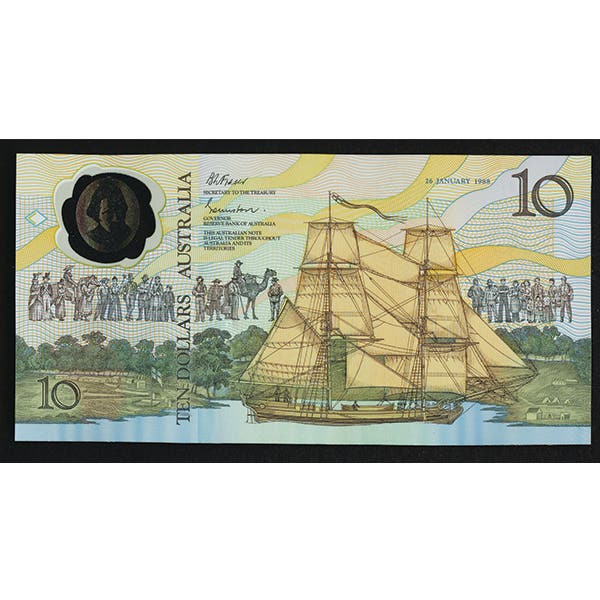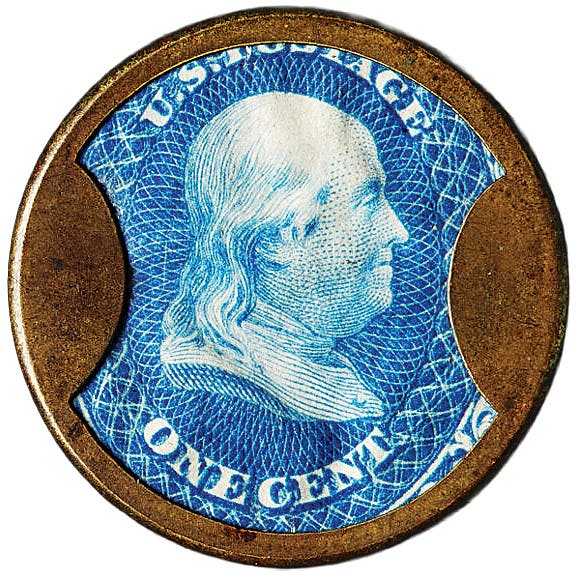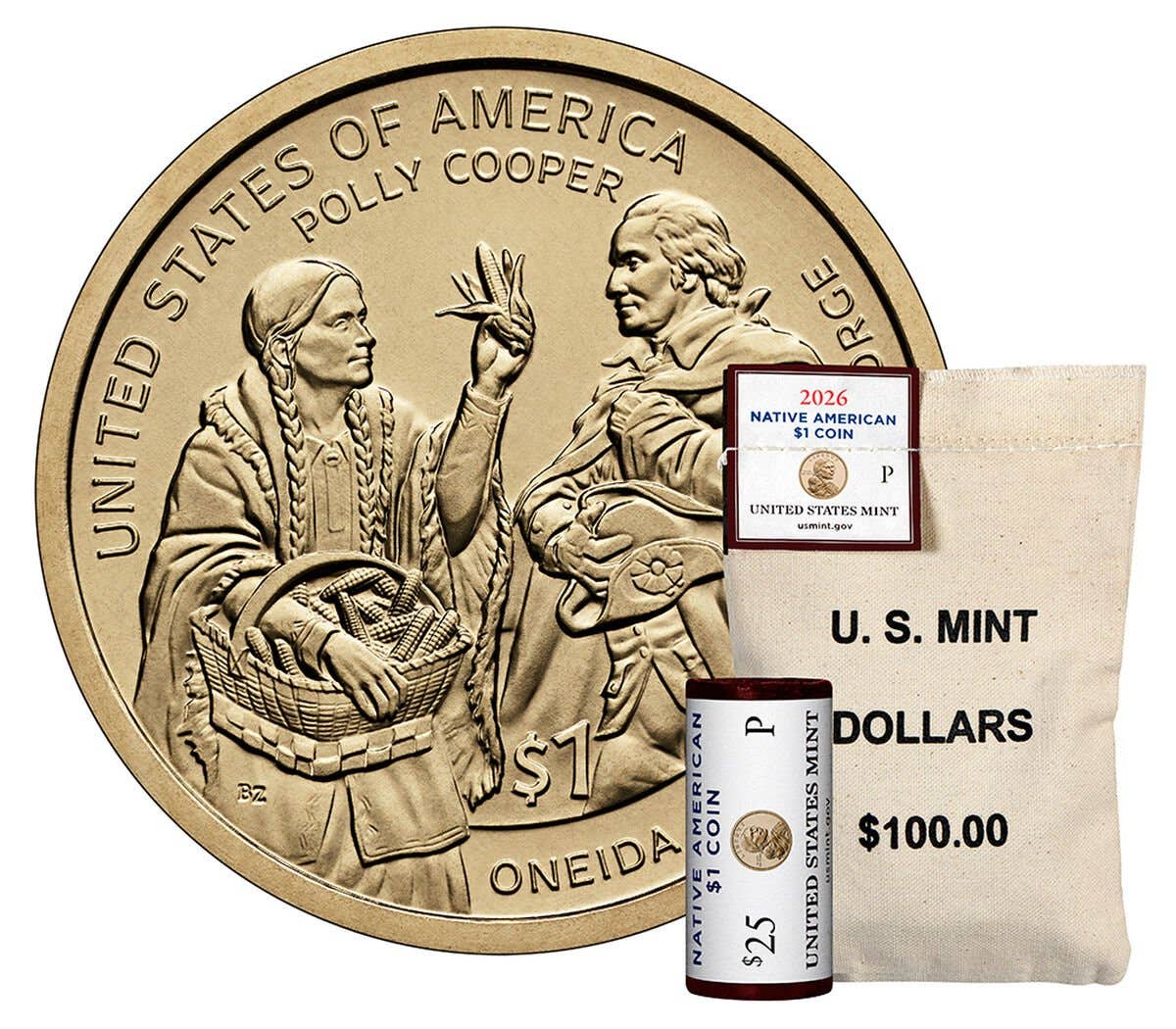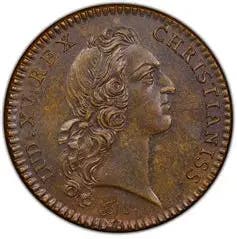Die gouge on dollar looks like spitting eagle
How did the 1891-CC Spitting Eagle silver dollar come to have a spitting eagle? The die variety is the result of a die gouge. The extra piece of metal at…
How did the 1891-CC Spitting Eagle silver dollar come to have a spitting eagle?
The die variety is the result of a die gouge. The extra piece of metal at the beak of the eagle is the result of a recess in the die caused by a gouge. This in turn produces a coin with raised metal where the gouge appears in the die. There are several sub-varieties of this coin as well.
The Coinage Act of 1857 set the stage for our coinage to become fiduciary. When was it stipulated that the bullion in our coinage had to come from U.S. Mint purchases exclusively?
Until that time anyone could bring their bullion to the Mint and have it struck into coins. Among those who had done this were George Washington and Thomas Jefferson. This denied citizens the right of free coinage. The same act declared foreign coins to no longer be legal tender.
Hawaii issued its own coins in 1883, then was annexed to the United States in 1898. Were they using U.S. or Hawaiian coins after annexation?
Hawaiian coins were struck at the U.S. Mint in San Francisco to U.S. coinage standards at the urging of sugar magnate Claus Sprekels. Both U.S. and Hawaiian coins circulated simultaneously on the islands until Congress demonetized the Hawaiian coins in 1903.
How can I determine if my 1887 Morgan silver dollar is an Alligator Eye variety?
You will need magnification to see the variety, but there is a thin vertical line to the front of Liberty’s eye. The two vertical lines, the first being at the edge of the eye and the other parallel and right behind it, give the false impression of an eye that looks more like it belongs to an Alligatoridae mississippiensis than to the Homo sapiens family.
It’s difficult to identify the mintmark overpunched on all but uncirculated 1882-O/S silver dollars. Are there other diagnostics I can watch for?
Tiny dots or specks of metal caused by rust on the coinage dies are present on both the obverse and reverse of all 1882-O/S silver dollars when examined under magnification. The rust was likely due to the climate at the New Orleans Mint and surrounding vicinity. These specks do not appear on 1882-O/O silver dollars.
E-mail inquiries only. Do not send letters in the mail. Send to Giedroyc@Bright.net. Because of space limitations, we are unable to publish all questions.
This article was originally printed in Numismatic News. >> Subscribe today.
More Collecting Resources
• The Standard Catalog of United States Paper Money is the only annual guide that provides complete coverage of U.S. currency with today’s market prices.
• Order the Standard Catalog of World Paper Money, General Issues to learn about circulating paper money from 14th century China to the mid 20th century.









